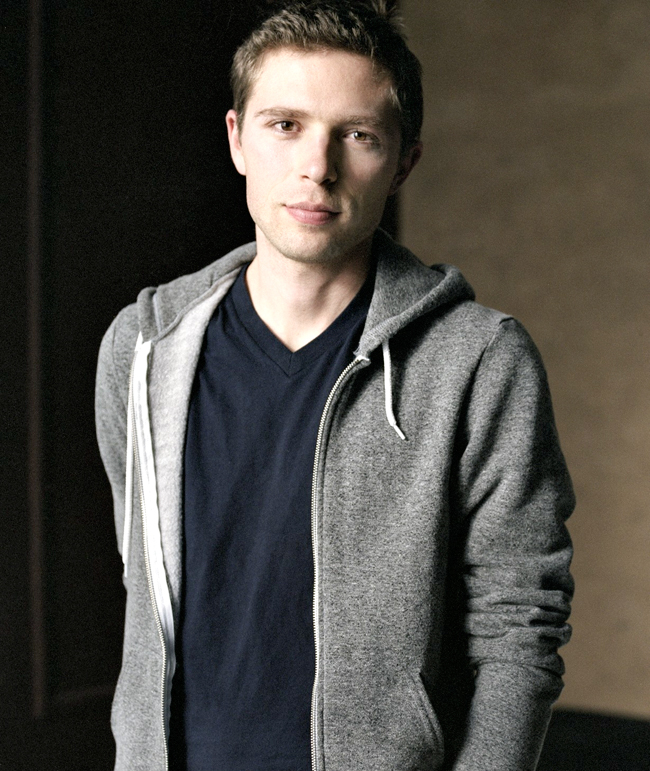From the literary outpourings of poets to the breakthroughs of inventors, many of us have this idea that creative brilliance is something that just happens. In reality, creativity is not some force that acts upon us — although it can sometimes feel like it — and it isn’t only reserved for artists, inventors or “creative types.”
In “Imagine,” Jonah Lehrer explores the different faces of creativity, showcasing his formidable skills as a writer and a storyteller in the process. He argues that what we call creativity is really a collection of different cognitive processes that we can study and understand.
Sometimes, being creative is hard work. We must take the route of the poet W.H. Auden, obsessively editing and revising our work in search of perfection (hopefully without the help of the amphetamines Auden was fond of). At other times, Lehrer says, it’s best to put everything aside and approach a problem from a new angle. If you’re looking for a creative solution, like the employees of 3M, it can be best to drop everything and go for a walk, take a warm shower or play a game of pinball.
Lehrer tells stories about creativity that run the gamut from art to business. Early on in the book, he describes the success of 3M, a Fortune 500 company whose innovative business model has influenced Google. “We have no niche or particular focus,” 3M’s vice president Larry Wendling said in “Imagine.” “Basically, all we do is come up with new things.”
For the past 75 years, they have been eminently successful in the area, producing anything from touch screens to kitchen sponges. Lehrer says that 3M is successful because the company encourages employees to go take a walk, play games or relax when they get hung up on a problem.
According to Lehrer, this strategy works because “one of the surprising lessons of research is that trying to force an insight can actually prevent the insight.” When we overexert the analytic parts of the brain, we block off the freewheeling, associative insights of other non-analytic brain areas.
Insight is just one piece of the creative process, however. The rest, Lehrer says, is perseverance. He cites graphic design legend Milton Glaser as an example of work ethic in art. Glaser, who is responsible for the “I Heart NY” ad campaign, the DC Comics logo and countless other iconic designs, has the phrase “ART IS WORK” engraved into his office door. “There is no such thing as a creative type,” Glaser tells Lehrer in the book. “Creativity is a verb, a very time-consuming verb … If you’re doing it right, it’s going to feel like work.”
After showing how creativity is a multi-faceted concept, Lehrer devotes the second half of “Imagine” to the study of creativity in society. If the number one misconception about creativity is that it’s outside our control, then the second is that creativity and innovation are solely the product of individuals. Lehrer describes the production of Broadway musicals, the collaborative culture at Pixar and the social context of Elizabethan England to demonstrate the importance of social intimacy — what sociologist Brian Uzzi termed the Q factor — in collaborative creativity. In a study of Broadway musical teams, Uzzi found that teams are most effective when they have high level of social intimacy while retaining a few outsiders who bring a fresh perspective to problems.
Lehrer is a sure-footed guide to the world of the creative mind. In “Imagine,” he deftly integrates his knowledge of art, science and business in a series of diverse and engaging anecdotes. At points, it is unclear how the scientific research Lehrer cites supports his broader conclusions, but in general, he refrains from sweeping generalizations about creativity and the brain. In the book’s prologue, Lehrer states that his aim is “to collapse the layers of description separating the nerve cell from the finished symphony, the cortical circuit from the successful products.” He may not accomplish this lofty goal in “Imagine,” but the effort is thoughtful and entertaining.















